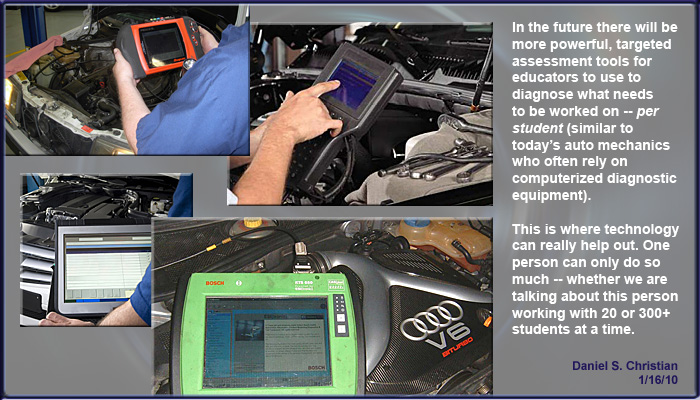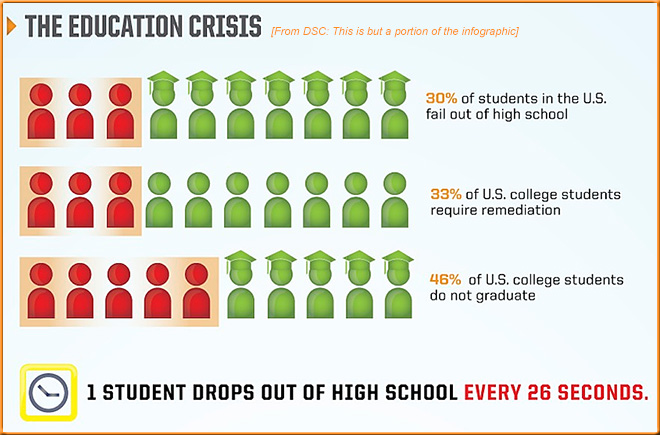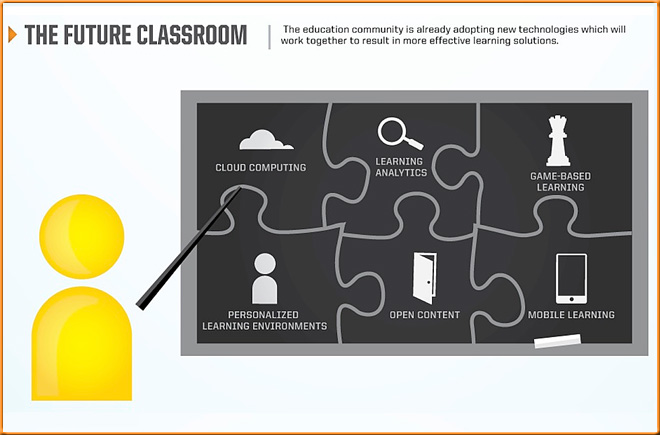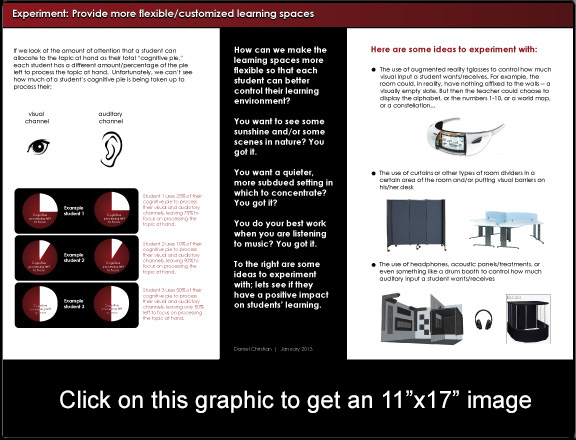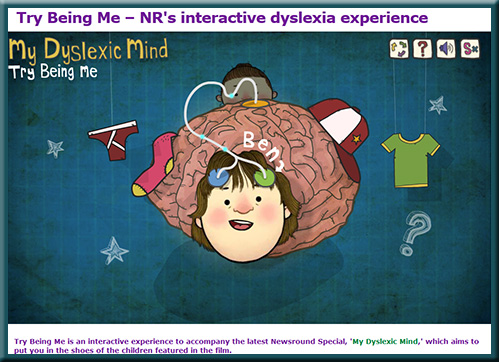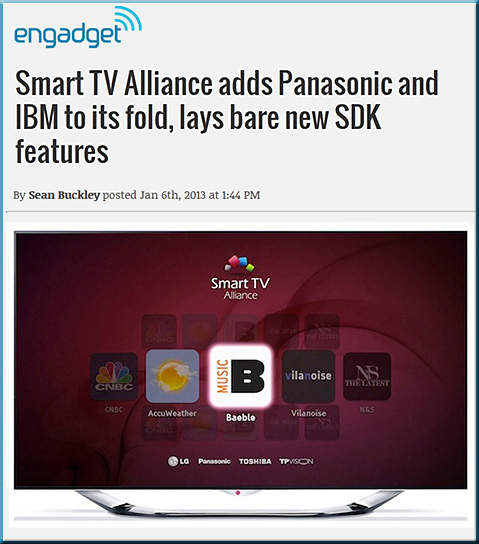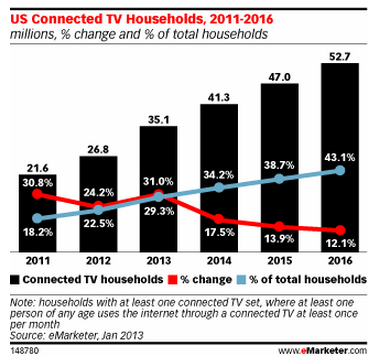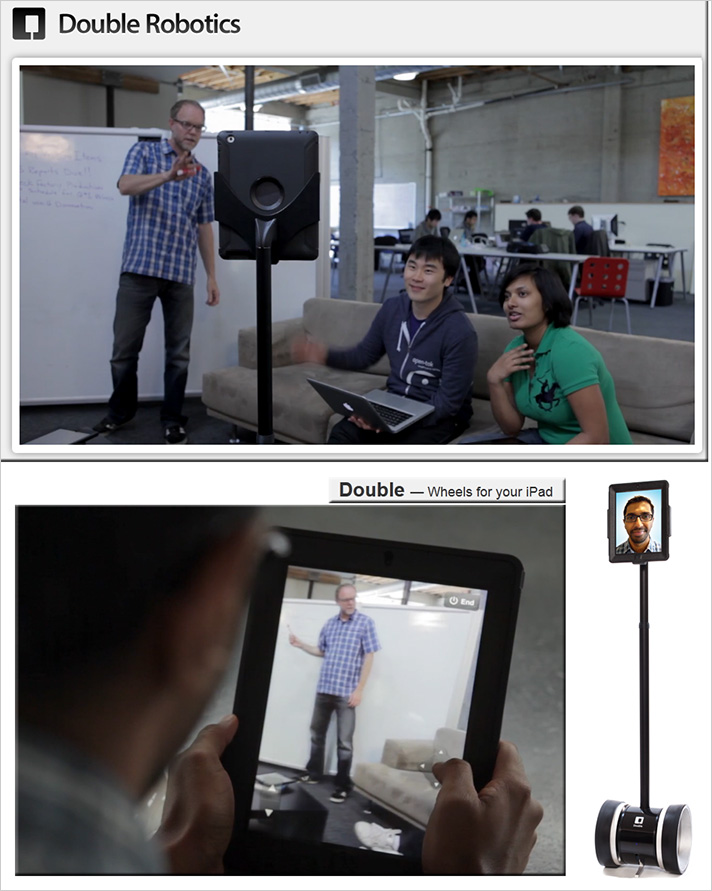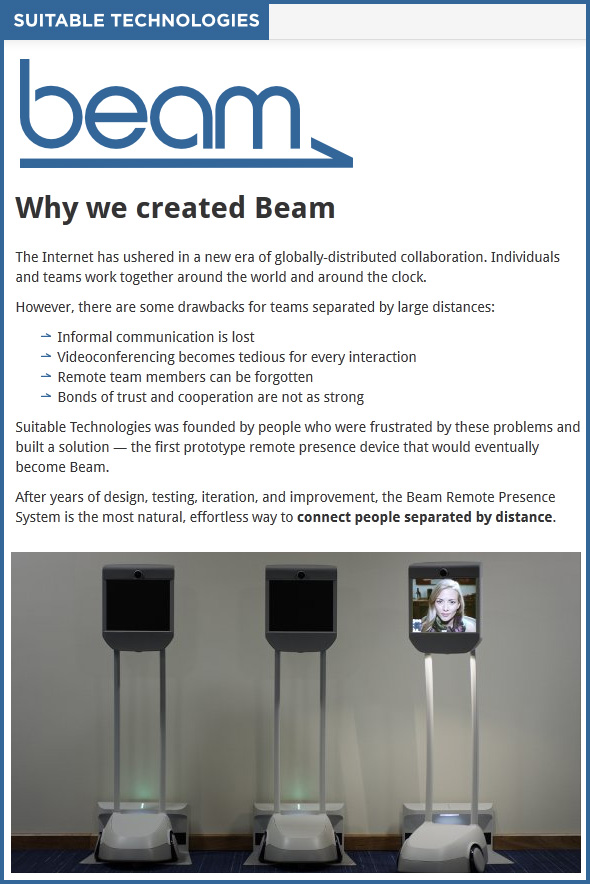Review of higher ed adaptive learning products — from gettingsmart.com by Tom Vander Ark
Excerpt:
Last week we reviewed an EdGrowth white paper, A Case for Accelerating Adaptive Learning in HigherEd. Yesterday EdGrowth released a second paper that includes 8 profiles of adaptive learning providers.
Also see:
ADAPTIVE LEARNING IN HIGHER EDUCATION: A REALITY CHECK
Education Growth Advisors Report Makes Case for Accelerating Adaptive Learning in Higher Education
STAMFORD, CT (March 13, 2013) — Today, the higher education marketplace is thick with companies and organizations claiming to have “personalized learning” or “adaptive learning” capabilities. Companies are using this language in their sales and marketing efforts, creating confusion for institutions as they grapple with determining an approach to personalized learning that matches their students’ and instructors’ needs. But if one cuts through the clutter, adaptive learning may be one key capable of actually unshackling higher education from the “Iron Triangle” of cost, access and quality, according to a white paper by Education Growth Advisors. The white paper, entitled “Learning to Adapt: A Case for Accelerating Adaptive Learning in Higher Education”, funded by the Bill & Melinda Gates Foundation, explores the current adoption, opportunities, barriers, advancements, solutions and case studies of adaptive learning in higher education.
Also see:










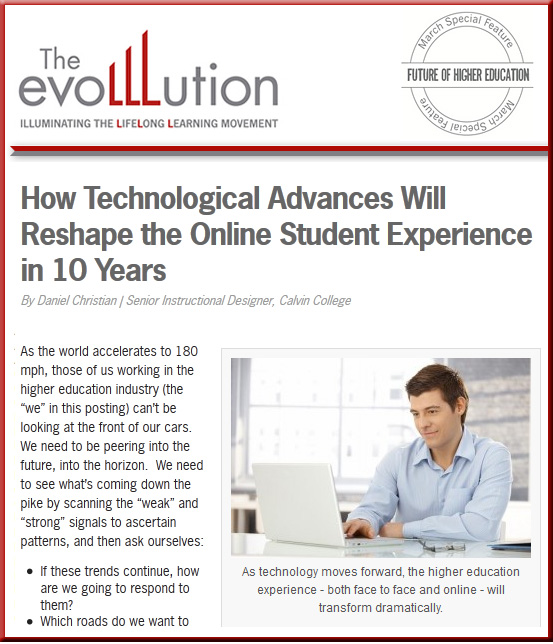

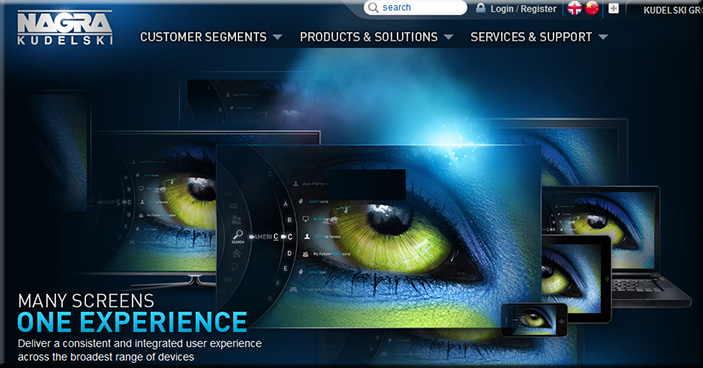
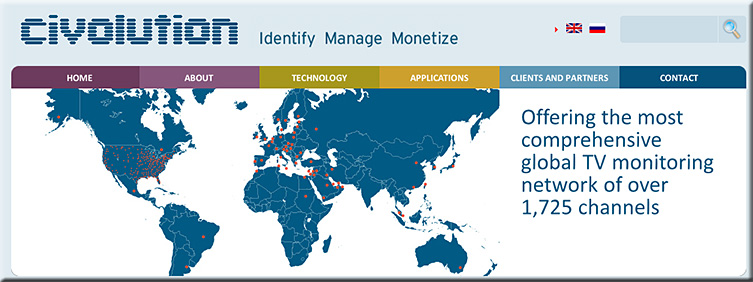
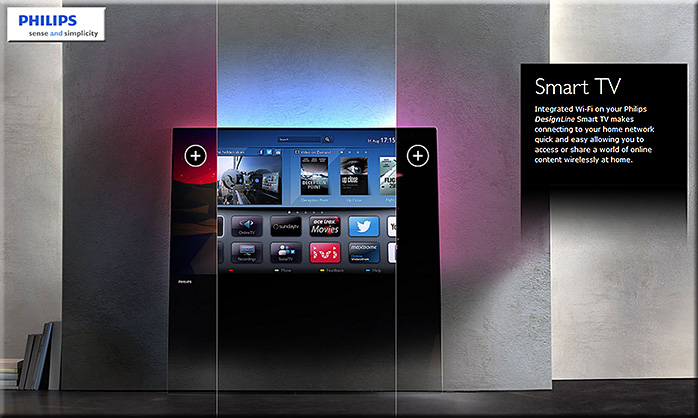
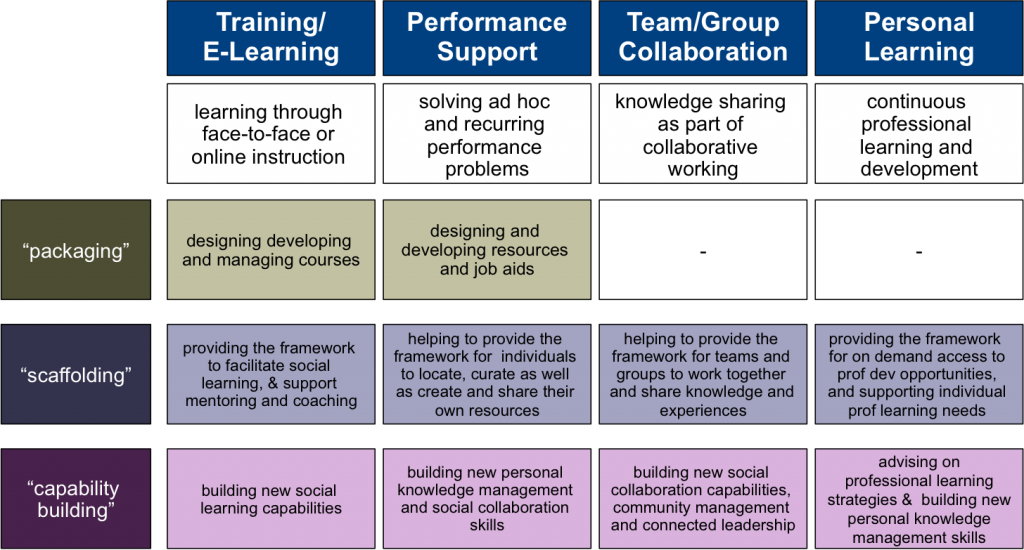


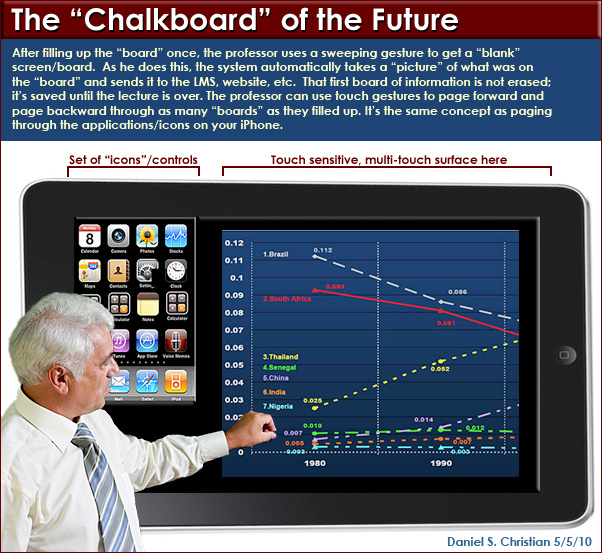
![The Living [Class] Room -- by Daniel Christian -- July 2012 -- a second device used in conjunction with a Smart/Connected TV](http://danielschristian.com/learning-ecosystems/wp-content/uploads/2012/07/The-Living-Class-Room-Daniel-S-Christian-July-2012.jpg)

